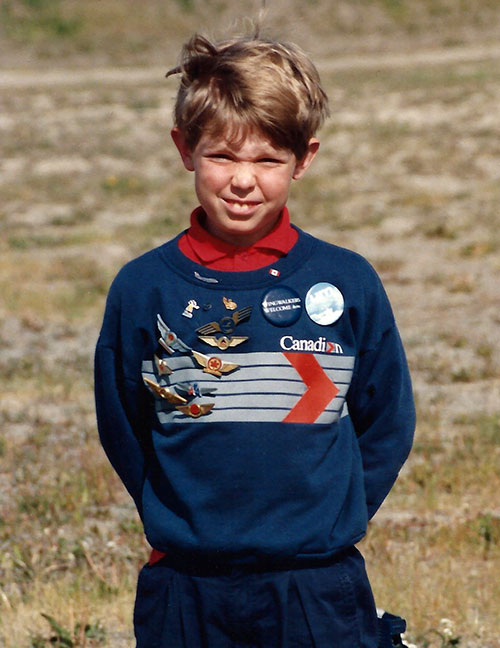My earliest memory is of a turtle with a peg leg dressed as a pirate. I saw it from the window of an airplane. And I never forgot.
I was 3 years old and my family was on vacation. The turtle wasn’t a real turtle, but the logo on the tail of a jet belonging to Cayman Airways. It’s not surprising that the mascot, nicknamed “Sir Turtle,” would appeal to a young kid—but for me, that turtle kicked off a lifelong fascination with airline branding.
That was shortly after the deregulation of the airlines. In the years since, great airline brands have risen and fallen. Some have disappeared rather suddenly — who could have imagined then an airline industry without Eastern? Or Pan Am? Yet these once iconic brands are long gone.
Indeed, of the remaining U.S. “legacy” carriers, only one — American Airlines — has escaped bankruptcy. Airlines in other countries have fared no better. Their powerful brands have not been enough to save them.
It’s hard not to wonder if airline brands even matter anymore.
Today, most passengers shop for the cheapest fare, not the most lavish service. Even as they complain about declining standards, most passengers care more about price than quality. The travelling public seems to believe that, with few exceptions, all airlines are more or less the same.
The history of airline branding is illustrious; its prospects are uncertain. With Fly the Branded Skies, I hope to celebrate that past and contemplate that future. My profession is advertising, but I can’t claim any special knowledge of the airline industry specifically beyond a keen interest and curiosity. So you will find no sophisticated quantitative analysis here, or discussions of the finer points of airline operations.
Instead, I want to explore the ways airlines create emotional connections with their customers.
You could say that, 25 years later, I’m still chasing flying turtles.


I love your blog! I love airline branding. I have always collected my tickets from flights because I fascinated with the layout and branding on them. I glad to see I am not the only airline brand geek :o)
Posted by Nicole Church Taylor on 20 October 2010 at 4:21 pm
Finally I am not alone
Posted by Fazoo on 26 October 2010 at 3:51 pm
Welcome to the club!
Posted by Shashank Nigam on 27 February 2011 at 7:55 pm
The pan am 747 commercial is an amazing find…where did you get it?
Posted by Steve on 29 April 2014 at 9:26 pm
Fantastic blog, discovered by chance this morning. For an airline and advertsing buff that’s like being on cloud nine!
Posted by luigival on 2 November 2014 at 6:44 am
Great website! any chance of showing up on Facebook?
Posted by Rick Aero on 9 April 2015 at 9:22 am
I may have some wings/patches you don’t have. I may be willing to send them to you to update your roster.
Posted by FTL Fan on 14 June 2016 at 2:52 pm
Sure! If it looks like there are any wings I don’t have — I don’t actually collect patches — send me an e-mail at cameron@cameronfleming.com and we can talk about it.
Posted by Fly the Branded Skies on 14 July 2016 at 11:00 am